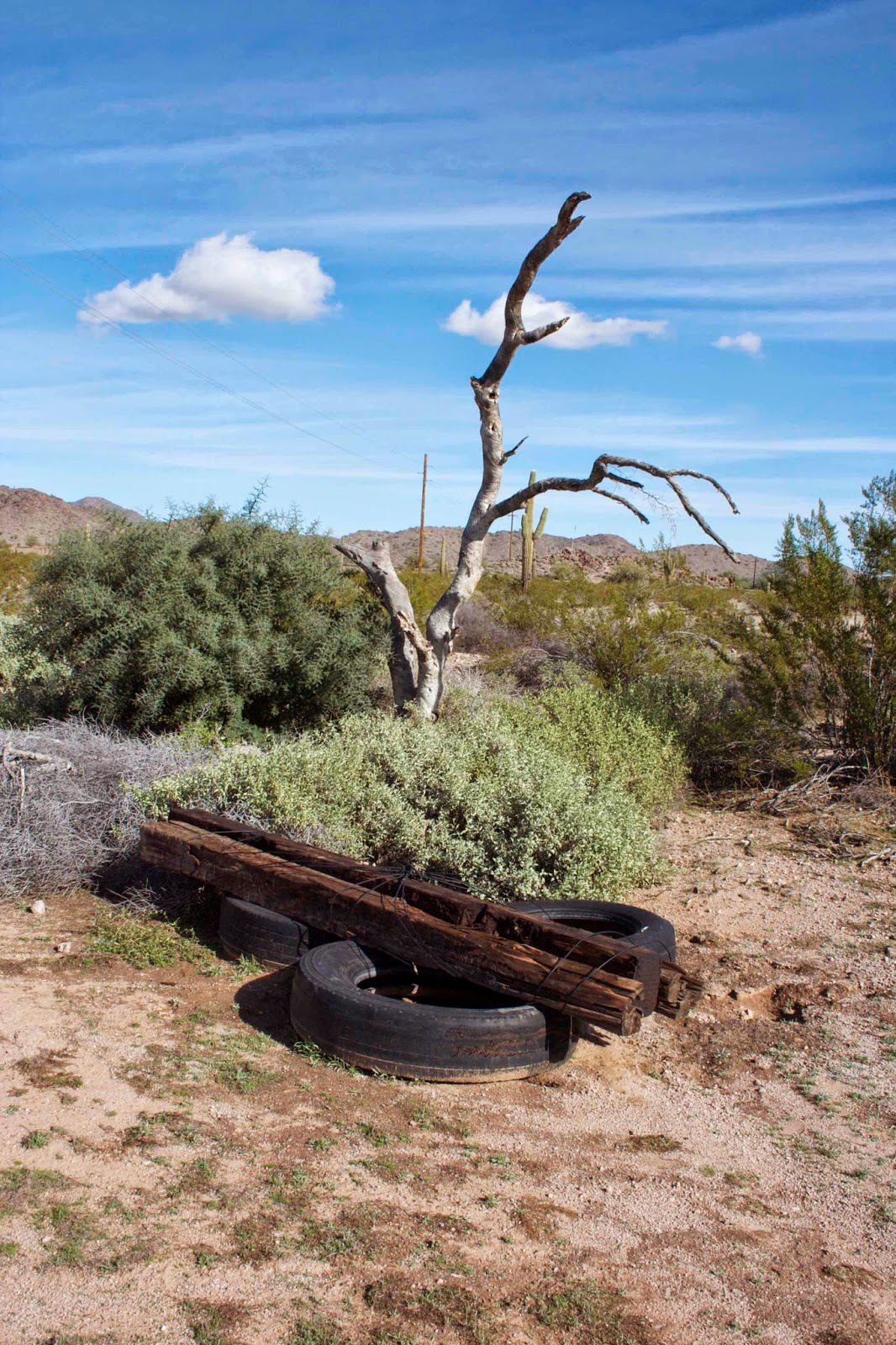I remember once reading or hearing an interview with somebody, an actor
or actress or model or maybe fashion designer, somebody like that, and he or she said that
when they were growing up they liked to imagine that as they walked in the
world they were constantly filmed by hidden cameras: yeah, yeah, these days we
all are, I know, but these were imaginary and benevolent.
The result was that when they walked down the street they straightened
up, put a spring in their step, tried to move elegantly, to look attractive and
vivacious. Alas there’s no way in the
world I’ll ever remember this interviewee’s name, but he or she obviously
thought this was very quirky and unusual, whereas I’m not so sure.
There’s an article in the most recent London Review of Books by Tom
McCarthy (that's him above), titled “Writing Machines” about notions of “the real” in
fiction. He quotes a (to me anyway) very familiar passage from William Burroughs: “Take a
walk down a city street … You have seen a person cut in two by a car, bits and
pieces of street signs and advertisements, reflections from shop windows – a
montage of fragments … Consciousness is a cut-up; life is a cut-up.”
“He’s right as well,”
says McCarthy, and I also concur. It’s a
terrific piece and I agree with 90 per cent of it (so it must be good) but
I did carp at something McCarthy then says: “We don’t walk down the street
saying to ourselves: ‘As I walk down the street, comma, I contemplate the
question of faith, or adultery, or x or y or z.’”
But I’m here to tell him that for for a longish
period of my early life, say from the ages of 8 to 13, as I walked in the world
I often “heard” a third person narrative voice in my head: though it wasn’t an
hallucination, I knew I was constructing it, knew that the voice was my own. It would be “saying” thing such as “The boy
walked down the grey, wet northern street.
Nobody knew him, nobody understood him, he felt he didn’t belong here
and he had to get out ...” I
fictionalize of course, which is largely McCarthy’s point about realism, and I
exaggerate a little, but only a little.
I suspect my “narrator’s” prose style
wasn’t the very best, probably Enid Blyton bleeding into Ian Fleming, since
they were the two authors I’d read most of at that time. I can’t swear that Fleming was much of a
walker but Blyton certainly was, favoring the “nature walk.”
When I walk these days I don’t hear the
third person narrative voice in my head, but I do sometimes rehearse what I’m
going to write when I get home, the voice that I eventually use in this blog.
Above, incidentally, is the cover of Five on a Hike Together (which I don’t
remember at all, though I thought I’d read all the Famous Five books). It looks like something went seriously wrong
on this particular nature walk.

























